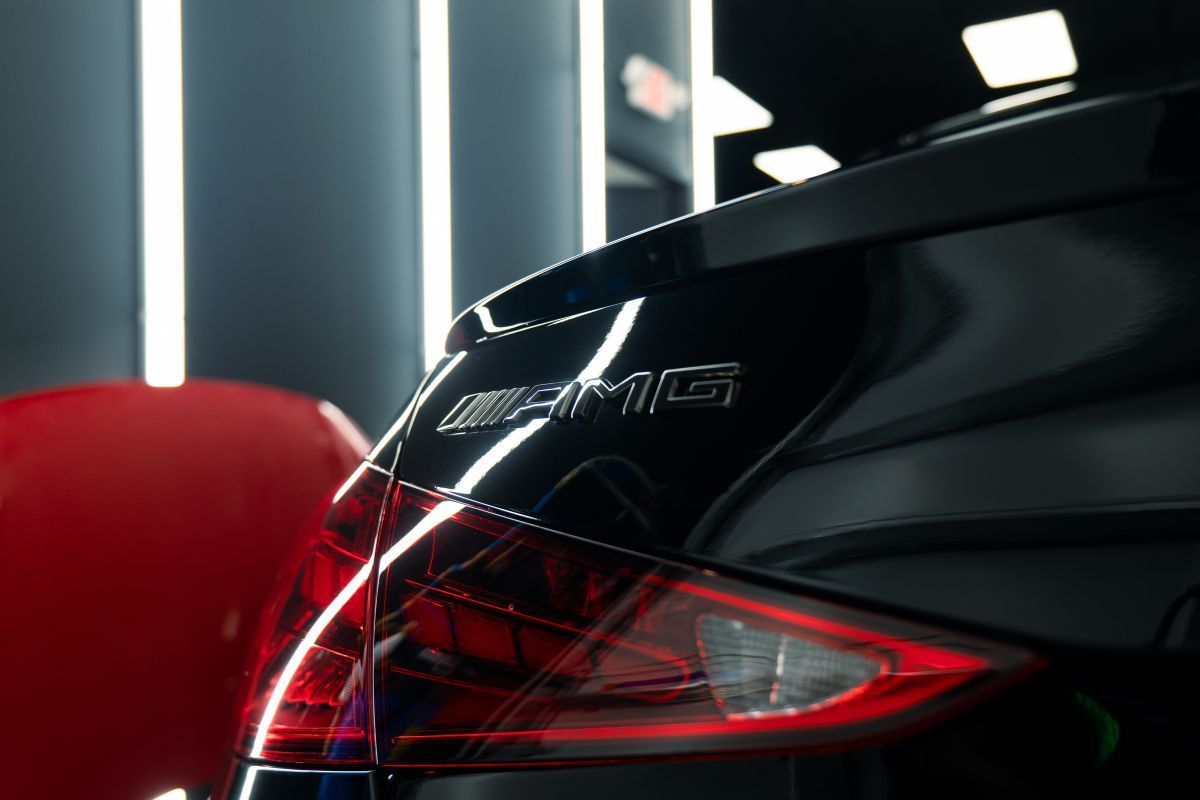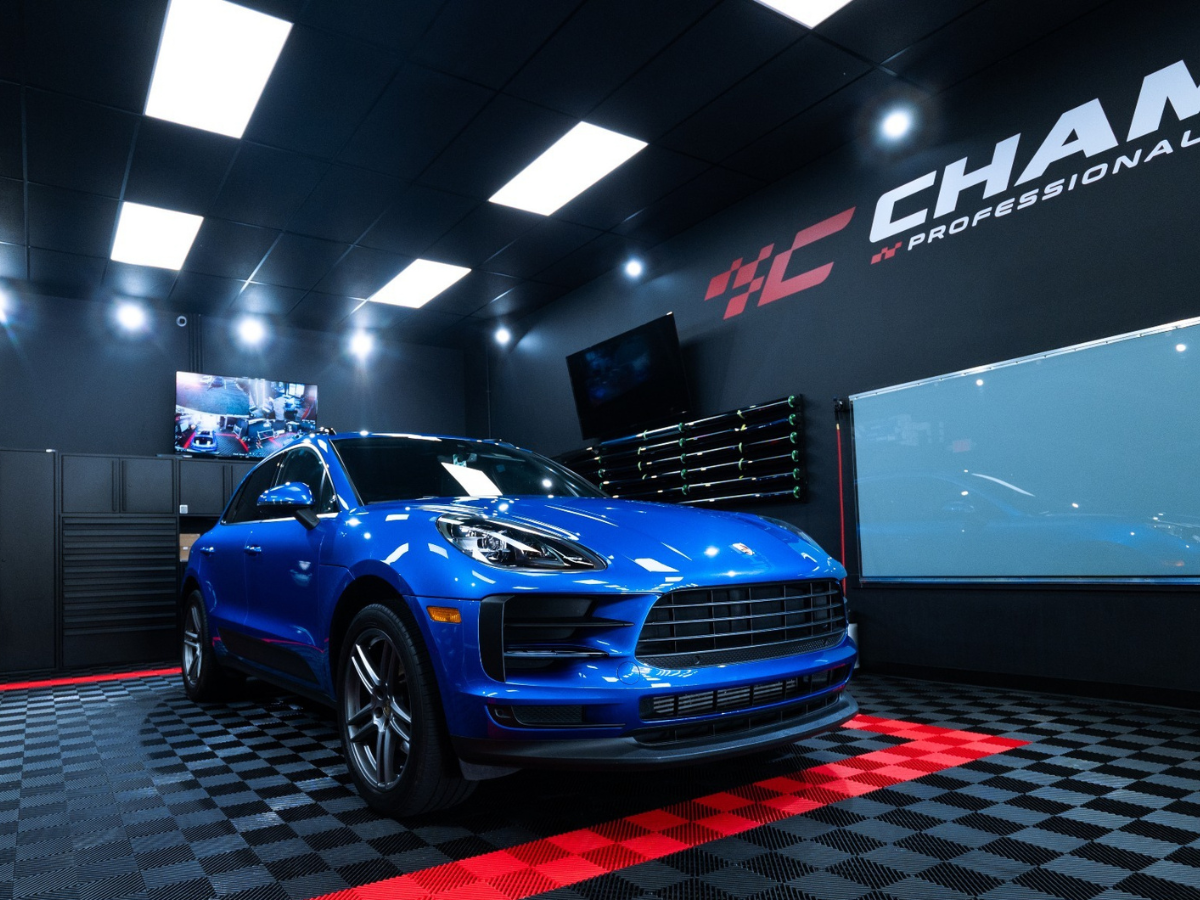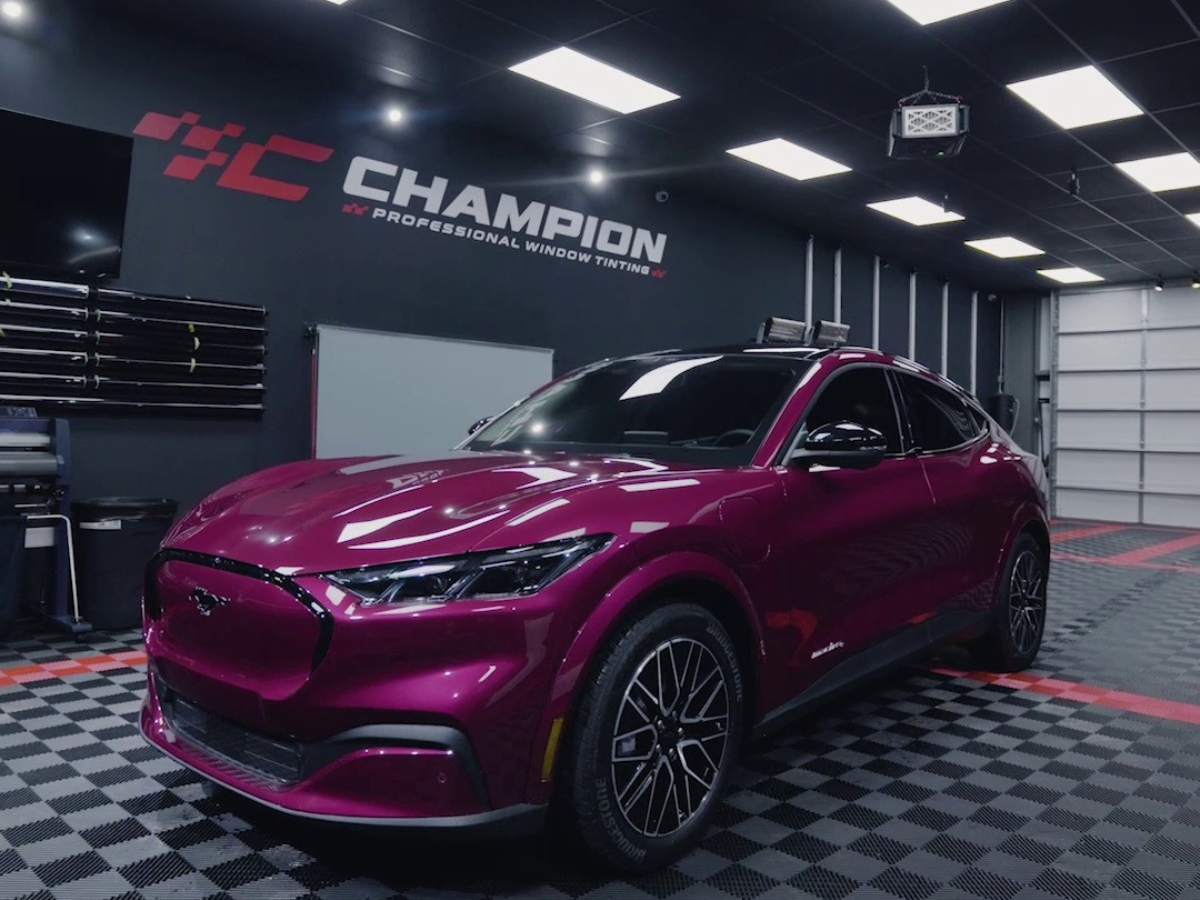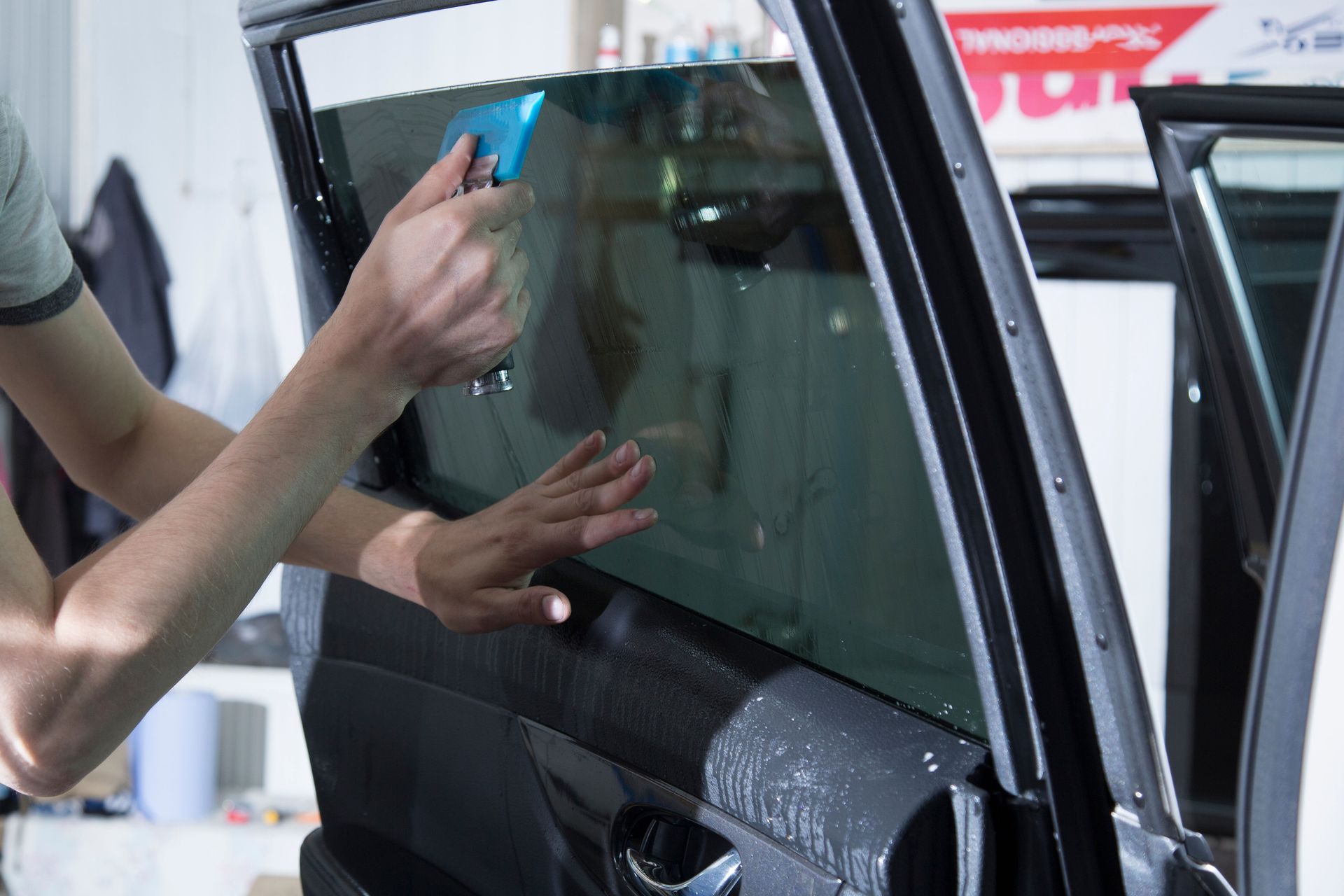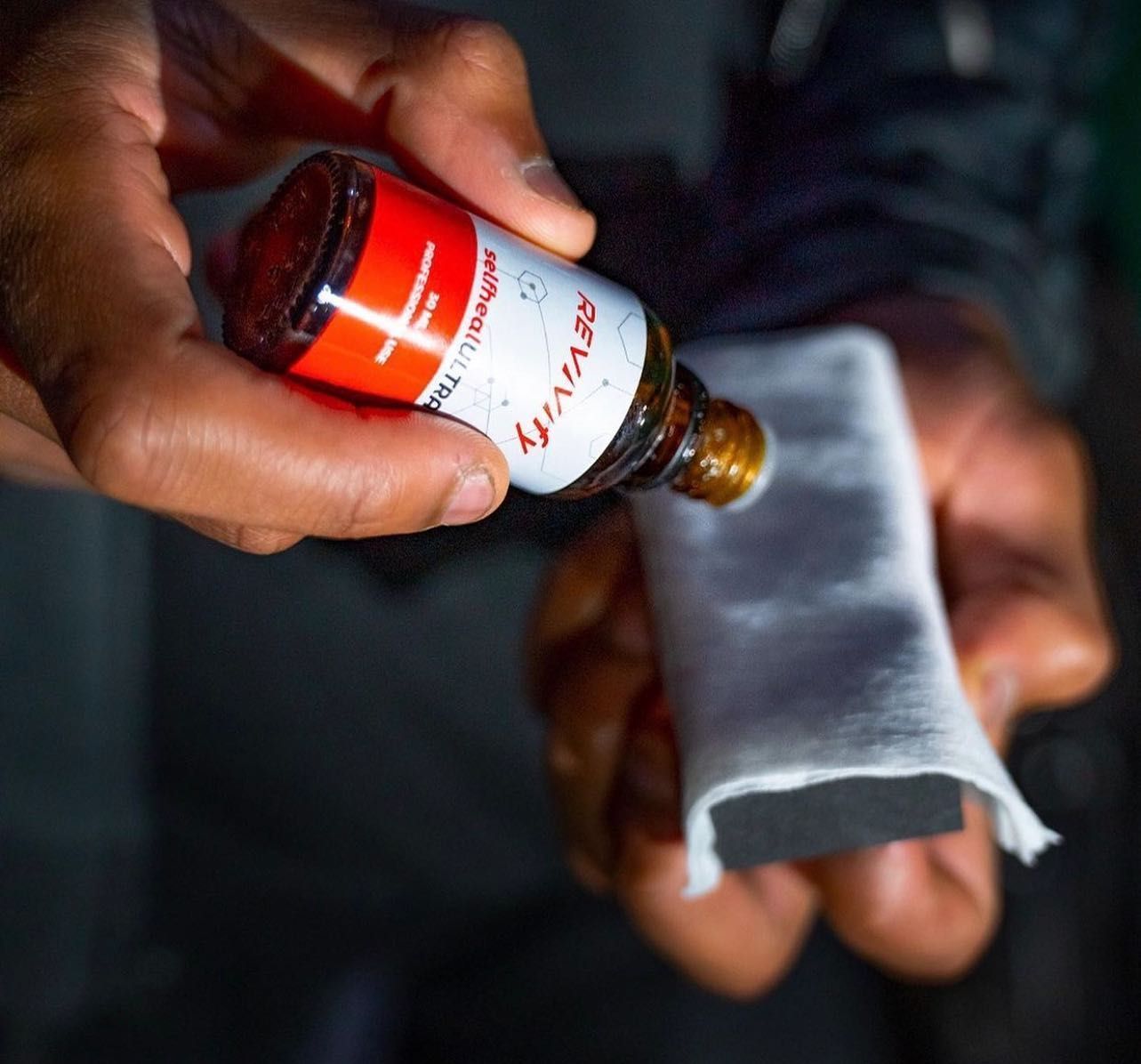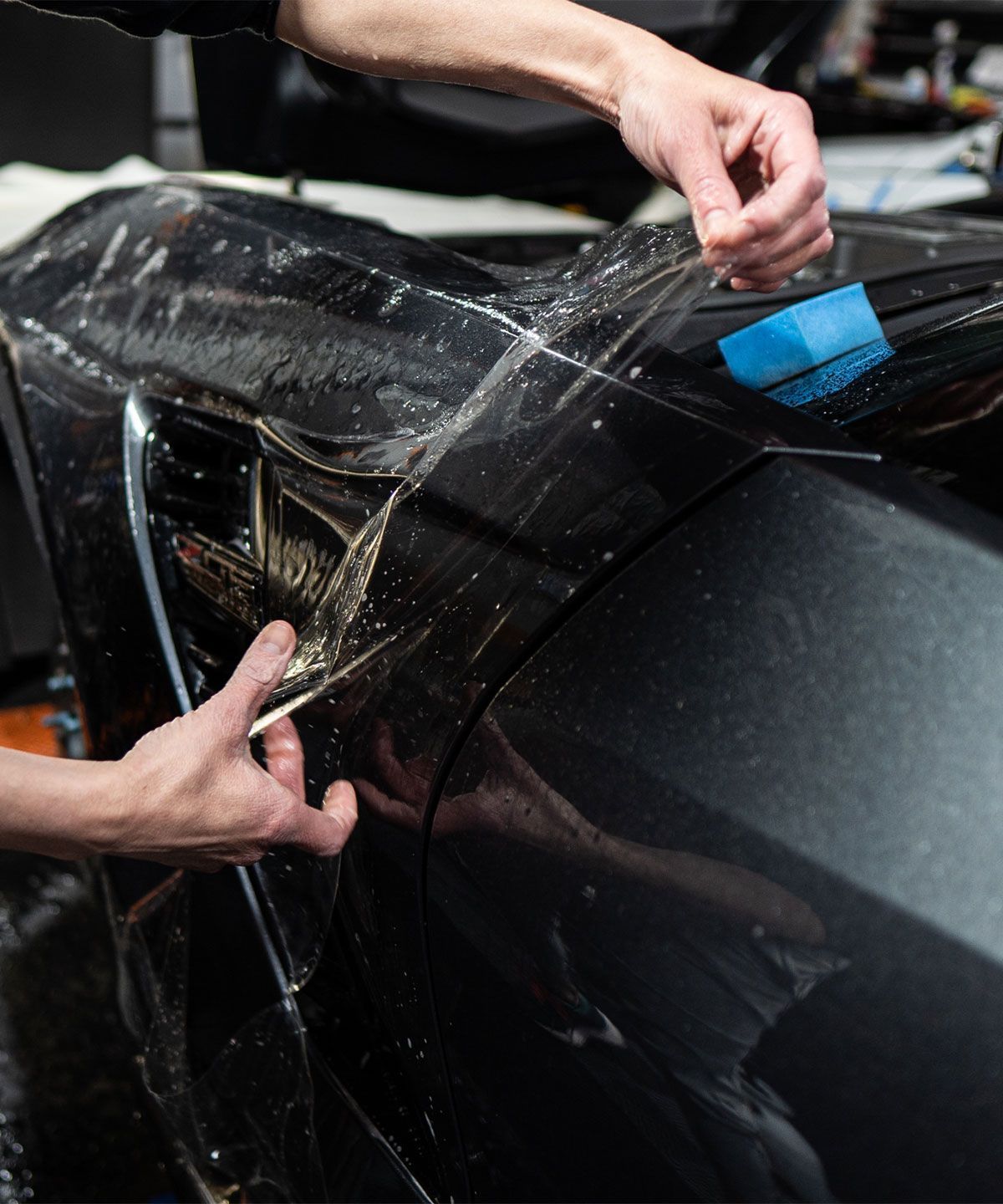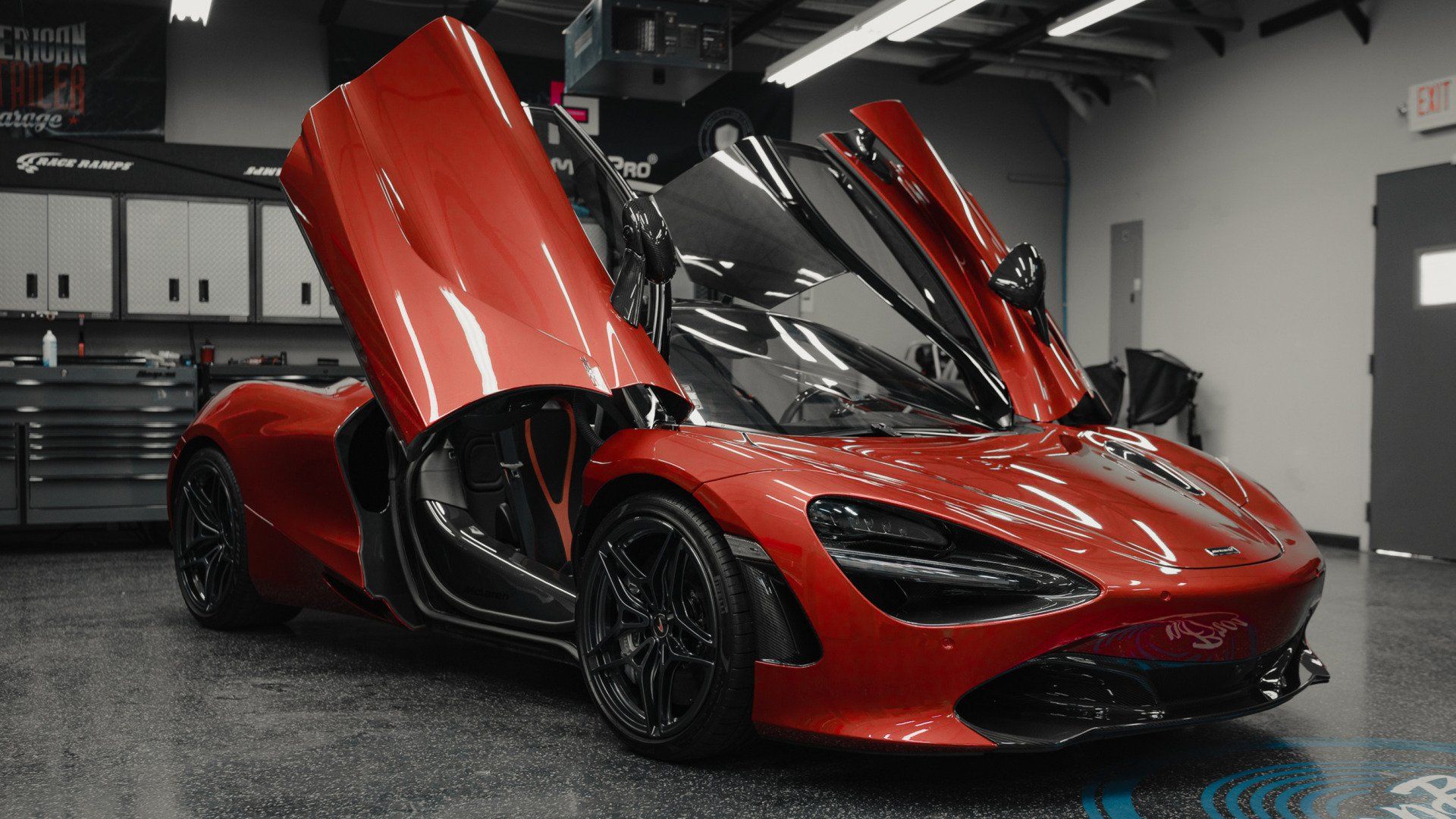Paint protection film (PPF) is one of the most effective ways to defend your vehicle’s paint against everyday hazards like rock chips, scratches, and road debris. But with so many surfaces on a vehicle, many drivers wonder where the film is most needed. Should you wrap the entire car or focus on specific areas?
Whether you’re new to paint protection or looking for a smarter way to care for your car, this guide explains the best areas to apply PPF, how to choose between partial and full PPF, and why placement matters.
What is paint protection film (PPF)?
Paint protection film is a clear, self-healing film applied to painted surfaces of a vehicle. It provides a durable, invisible barrier that absorbs impacts and prevents damage to the paint underneath. Modern PPF products are UV-resistant, stain-resistant, and highly conformable, meaning they hug every curve of your vehicle without compromising appearance.
PPF is especially valuable for those who drive frequently, park outdoors, or own high-end vehicles they want to keep in showroom condition.
Which areas should be protected with PPF?
Front bumper
Your front bumper is the first line of defense against everything the road throws your way, such as gravel, insects, tar, and salt. It's also the most common area for stone chips, especially if you spend time on motorways or country roads.
Bonnet (hood)
Next up is the bonnet, which is just as exposed as the bumper. Tiny stones and debris kicked up by vehicles ahead can hit the bonnet at high speeds, leaving behind chips and dings. Over time, these blemishes can add up and even lead to rust if left untreated.
Front wings (fenders)
The front wings are another prime location for impact from road debris. Positioned right above the wheels, they're especially prone to scratches from rocks and salt spray during winter months. PPF on the front wings is a great way to keep this part of your car looking pristine, especially if you drive in harsh conditions or enjoy the occasional spirited drive down narrow country lanes.
Side mirrors
Side mirrors may be small, but they’re among the most exposed parts of your car. Due to their shape and position, they’re easily chipped by road debris or scratched in tight parking spaces.
Headlights
Headlights are often overlooked, but they’re just as susceptible to damage as any painted surface. Over time, UV rays, stone chips, and grime can lead to hazing or yellowing of the lens, reducing visibility and aesthetics.
Door edges and handles
The edges of your doors and the area behind your door handles are frequent hotspots for scratches. Door edge chips often happen in car parks when you (or someone else) open the door a little too close to another vehicle or wall. Meanwhile, fingernails, rings, and keys can scratch the paint behind the handles over time.
Rocker panels (side skirts)
Your rocker panels are hit constantly by debris kicked up by your tyres, especially in wet or gravelly conditions. If you drive on rural or construction-heavy roads, your rocker panels are likely under siege.
Rear wheel arches and lower bumper
Your rear wheel arches and the lower section of the rear bumper can take a beating, especially on vehicles with wider tyres or aggressive wheel offsets. Debris from the road and spray from wet conditions can cause long-term wear to these areas.
Read more: Why Paint Protection Film (PPF) Is a Must-Have for Your Vehicle
How to maintain your PPF after installation
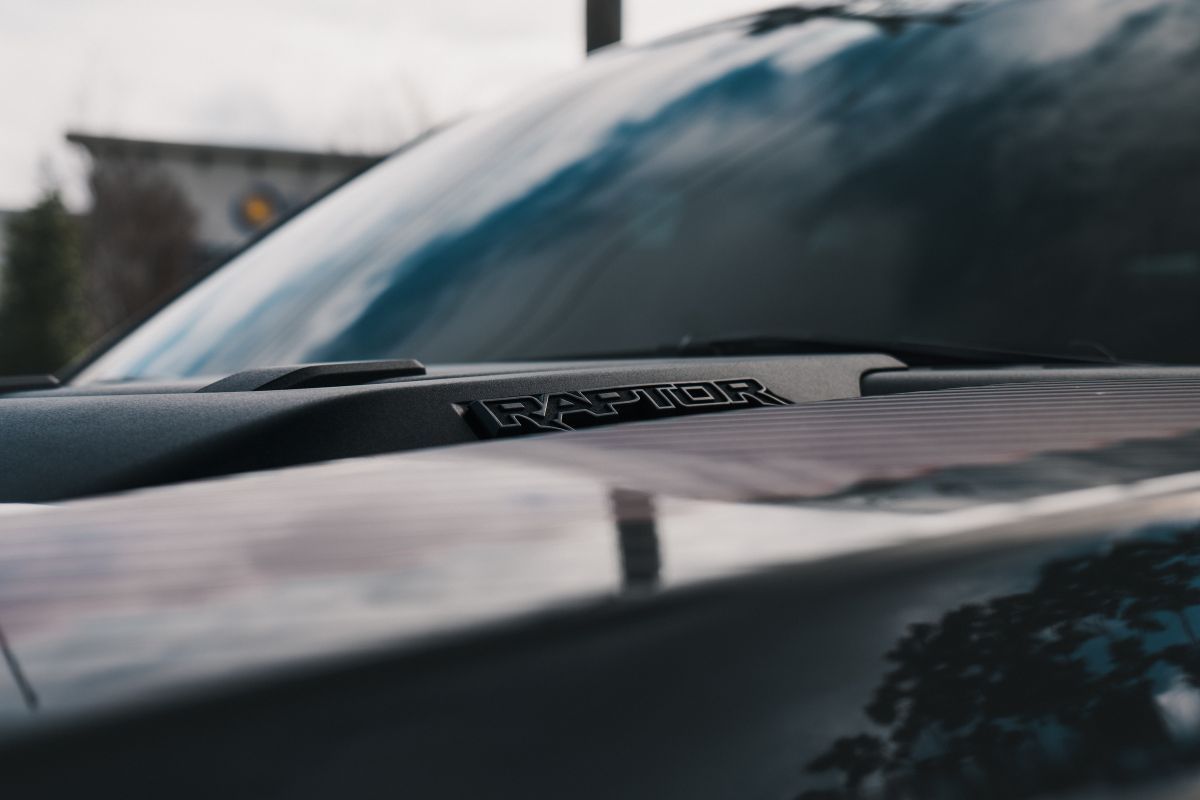
Once you’ve had PPF installed on your vehicle, keeping it in top shape is easy with the right care. Here are some basic tips for maintaining your PPF so it performs and looks its best for years to come:
- Wait before washing: After the film is installed, wait at least 48 hours before washing your car. This gives the adhesive time to fully bond with the paint.
- Hand wash preferred: While PPF is durable, hand washing with a soft mitt and pH-balanced car shampoo is the safest method. Avoid automatic car washes with spinning brushes, as they can damage the film over time.
- Avoid harsh chemicals: Stay away from strong degreasers, petroleum-based cleaners, and abrasive polishes. These can cause discoloration or lift the edges of the film.
- Use microfiber towels: When drying or detailing your car, use clean, soft microfiber towels to prevent surface scratches.
- Regular cleaning: Keeping the film clean prevents dirt buildup and staining. Washing the vehicle every 1–2 weeks helps maintain clarity and gloss.
- Add a protective top coat (optional): Some vehicle owners apply a ceramic coating over the PPF for added protection and easier cleaning. This is a great option if you're looking for enhanced water repellency and a glossier finish.
- Inspect periodically: Check high-impact areas for signs of lifting, wear, or damage. If you notice anything unusual, bring your vehicle back to a professional installer for inspection and repairs.
Partial vs Full PPF: Which is right for you?
When considering partial vs full PPF, the choice depends on how you use your vehicle, your budget, and your long-term goals.
Partial PPF
Partial PPF usually covers:
- Front bumper
- Partial hood and fenders
- Side mirrors
- Door edges
This option is ideal for drivers who want protection in the most PPF high-impact zones without wrapping the entire car. It offers solid value and is great for daily drivers.
Full PPF
Full-body PPF covers every painted surface, including the roof, doors, rear fenders, and pillars. This level of coverage is recommended for:
- Luxury or exotic vehicles
- Cars with custom paint
- Clients who plan to keep the vehicle long-term
- Those who want near-total protection from UV and scratches
While full PPF is more expensive upfront, it provides unmatched protection and keeps your car’s finish looking new for years.
Read more: Get the Best Results with Our Expert and Quality PPF Service
Protect where it matters most with Champion Window Tinting
Ready to protect your car's most vulnerable areas?
Champion Window Tinting is here to help. We specialize in professional PPF installation that shields your vehicle from chips, scratches, and daily road damage while keeping it looking its best. Visit us at 10415 Bailey Rd, Suite F, Cornelius, NC 28031, or call us today at
(704) 275-2002 to schedule your appointment. Let our team protect your investment with expert care and attention to detail.

